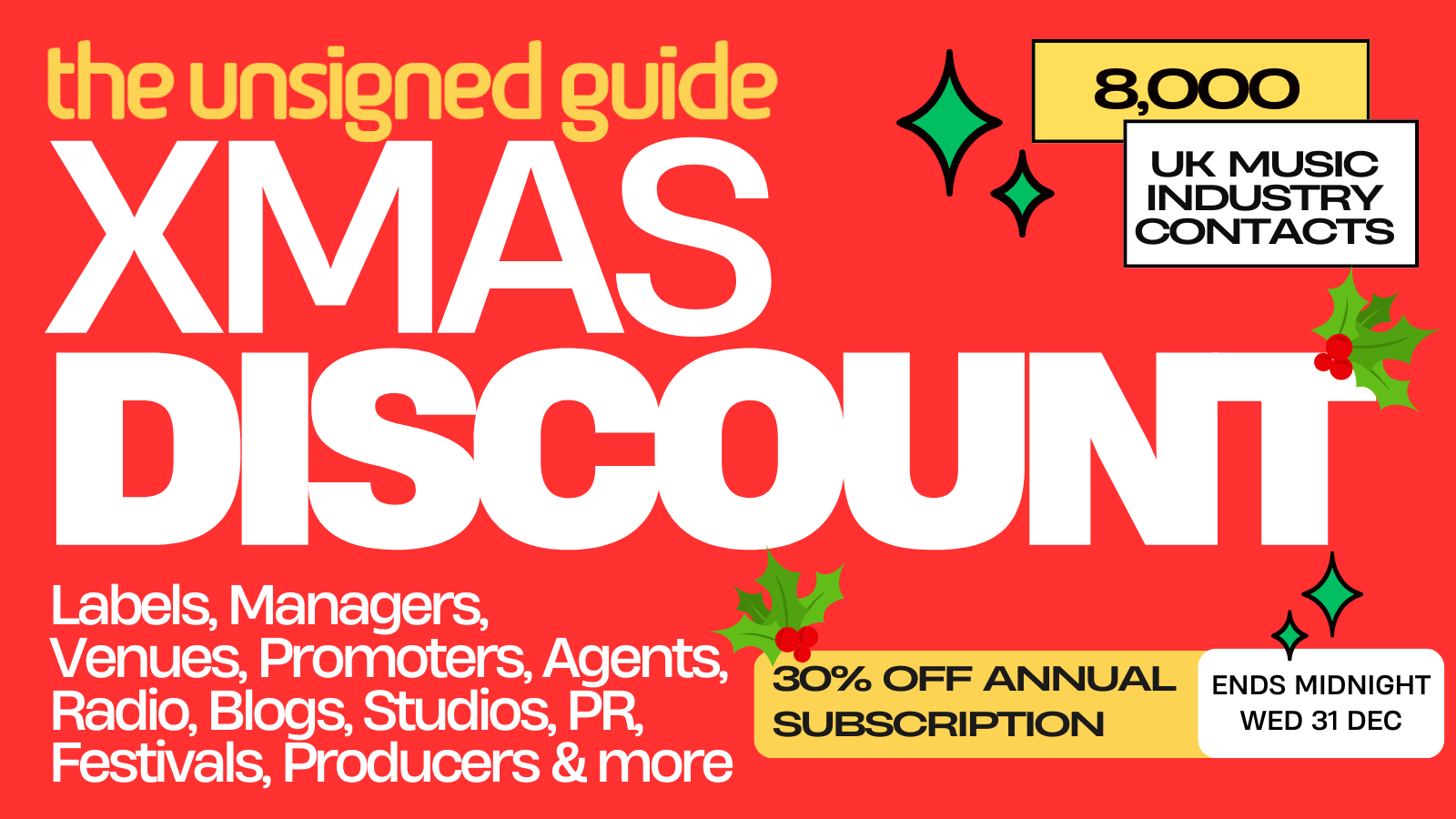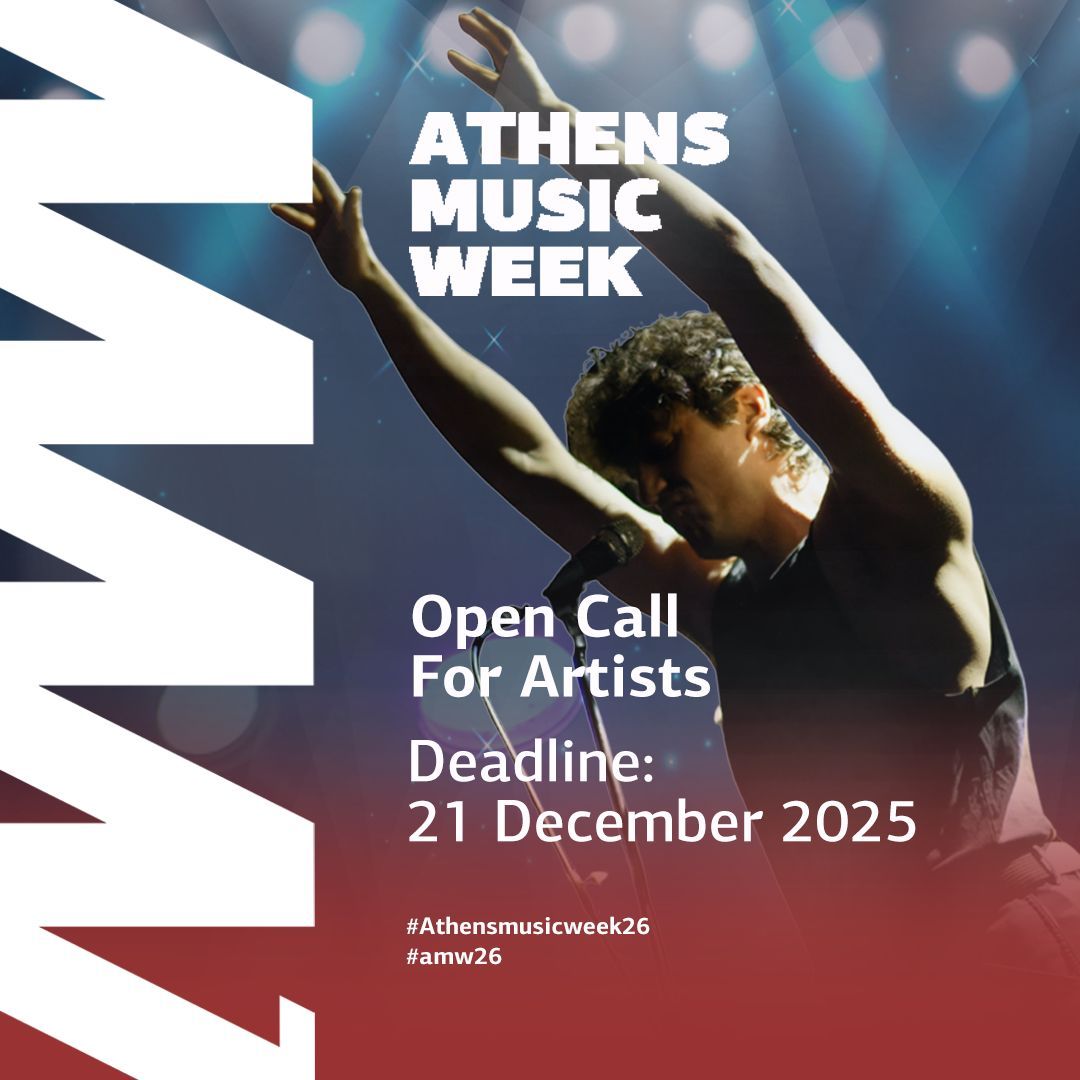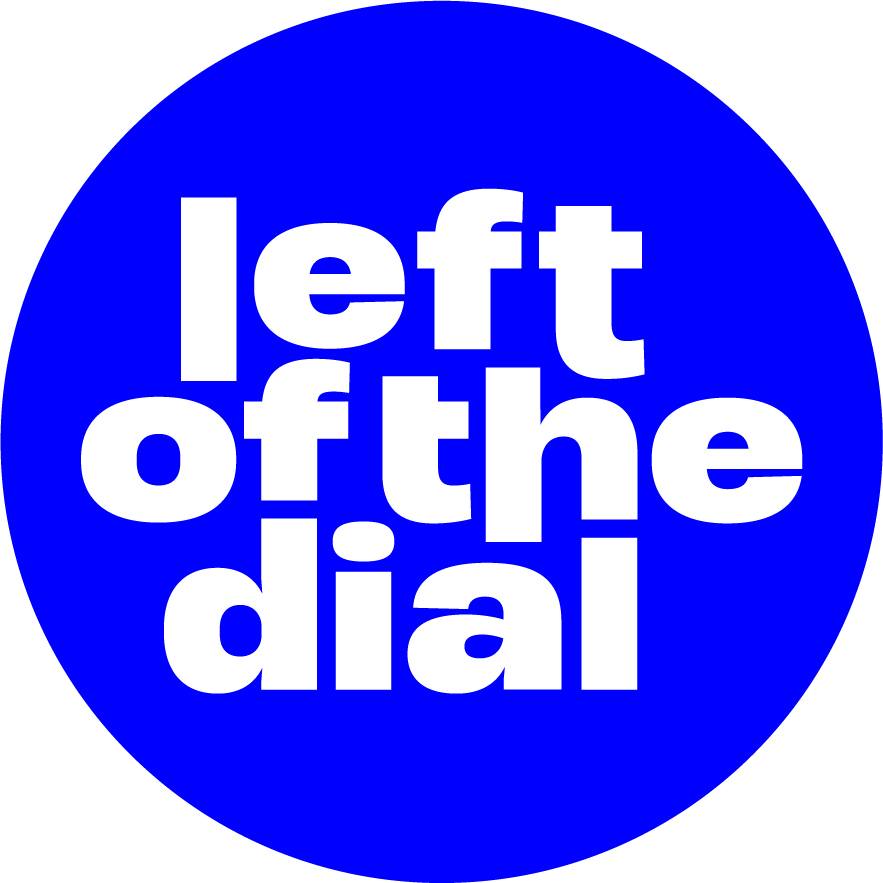As you know The Unsigned Guide is bursting at the seams with music contacts of all kinds for you to send your music to. Whilst there is no guarantee that record labels, music publishers, radio stations, artist managers and the like will think your music is right for them, there are a few fundamental but key points that you can follow to make sure your tracks are listened to and not instantly discarded to the Delete folder.
Far from rocket science, we don’t claim our Top 5 tips to be unearthed gems to crack the music industry, but you’d be surprised how often we hear from music companies that these basic points are overlooked. We hope these tips will help you get the most out of using the contacts The Unsigned Guide contains, as well as giving your band a fighting chance of being heard.
1. DON'T JUST BLANKET!
Hold your horses! Whilst it may be tempting to wing your music out to the whole world and see what comes back, you are ultimately wasting your time and wasting the time of the music companies in question. Take your time to investigate a little further initially. It doesn’t have to be tricky.
We hear from many companies listed in Guide who say they regularly receive demos from Rock bands when they are a Hip-Hop specialist, and so on. Most tell you the genres that the company in question specialises in, plus other artists that are on their roster, so take heed! It can also be worth taking a quick look at their website, having a listen to releases on SoundCloud and so on, to make sure you are barking up the right tree before you hit the Send button.
2. USE A CONTACT NAME WHERE POSSIBLE
‘Hi there’, ‘Hello’, ‘Yo’, ‘Whassup’ – all nice greetings but not perhaps quite the initial impression you want to give to a Label Manager, Radio Show Producer or A&R Manager. These kind of email openers are indicative of the dreaded ‘blanket mailout’ and may result in your email being deleted before the recipient has even finished reading the first sentence.
Where possible it is always a good idea to address your email personally. It shows that you have taken the time and care to consider who you are contacting, and it’s just an all-round nice touch! Most of provide a contact name, and for those that don’t there is no harm in giving them a quick call to introduce yourself, let them know you intend to send over some tracks and ask who the best person to direct them to is.
3. CHECK OUT THE DEMO SUBMISSION POLICY
Another stumbling block for bands and artists that can prove detrimental is sending off tracks to all & sundry without considering what format the music companies prefer. This varies greatly across the industry, there is no standard, so taking the time to make sure you are adhering to demo submission policies can make the difference between your music being heard or not.
Again, The Unsigned Guide details the formats and methods of contact that each music company prefers. Whilst some contacts prefer to receive MP3s via email, others find files like this clog up their mailbox and don’t want them. Whilst some companies still like to receive a physical CD and biog in the post, others would rather you uploaded your tracks to SoundCloud or an alternative dropbox. You need to spend some time making sure you contact music companies in the right way if you want them to spend the time in return listening and responding to your music. Deal?
4. THE FINAL CHECK THROUGH
Before you press Send, hit the Upload button, or stick that stamp on your Jiffy envelope – have one final check through what you are about to propel out to the music industry. Speaking personally, and on behalf of other music business types I know, spelling errors and bad grammar do not get things off to the right start. Make sure everything you need to attach to your email is well & truly attached. Make sure contact details for your band and links to well-maintained websites and social media pages are clearly included. And if you are going to the post box, make sure you have paid the correct postage if you want your demo to arrive at all.
5. BE ORGANISED & FOLLOW UP
We agree that spreadsheets and lists aren’t the most fun aspect of being a band, but it’s important that you keep some kind of record of who you’ve been in touch with, what you have sent them and when, plus any responses or feedback you have received. There is no harm in politely following up your demo, typically leaving 4 to 6 weeks from your initial contact.
So there you have it! All that remains now is for you to get cracking following the above guidelines. We’ve also recently posted a blog courtesy of Right Chord Music entitled ‘First Impressions Count – ’ which should also help you out.
the unsigned guide, unsigned bands, unsigned artists, contacting record labels, music industry, music business, music companies, sending demos, demo submission







